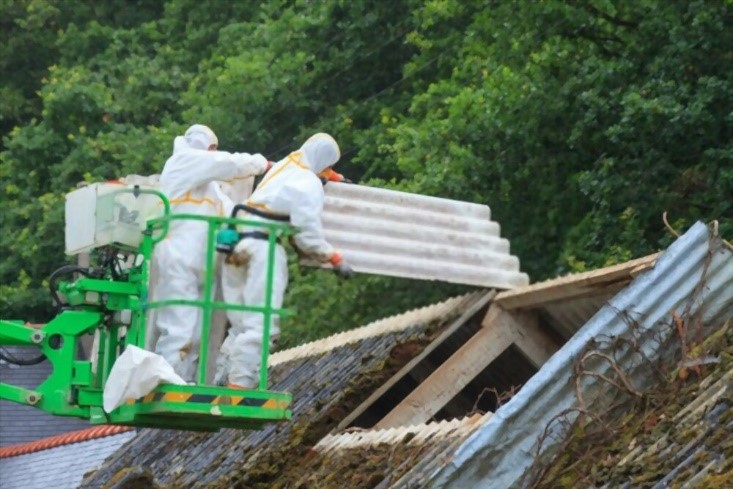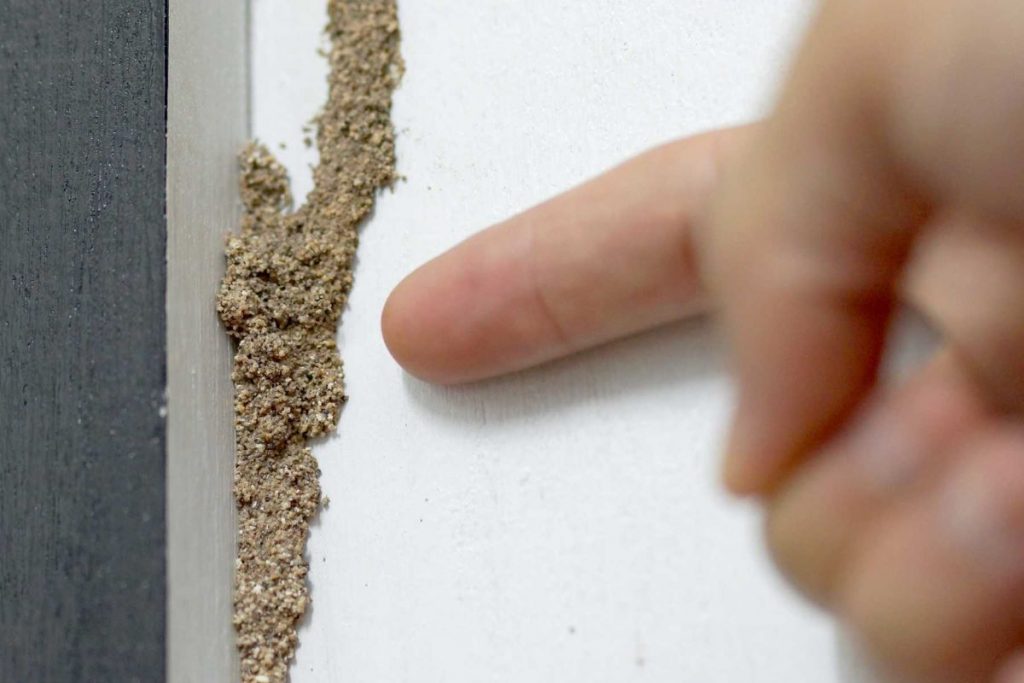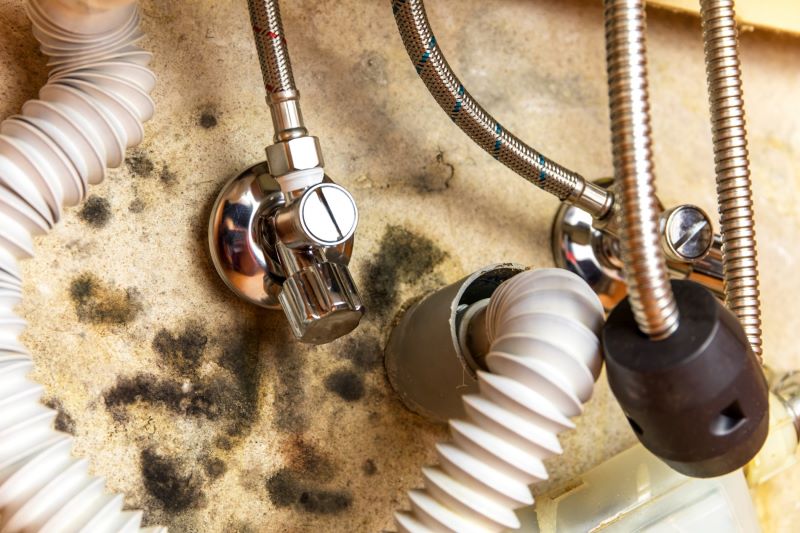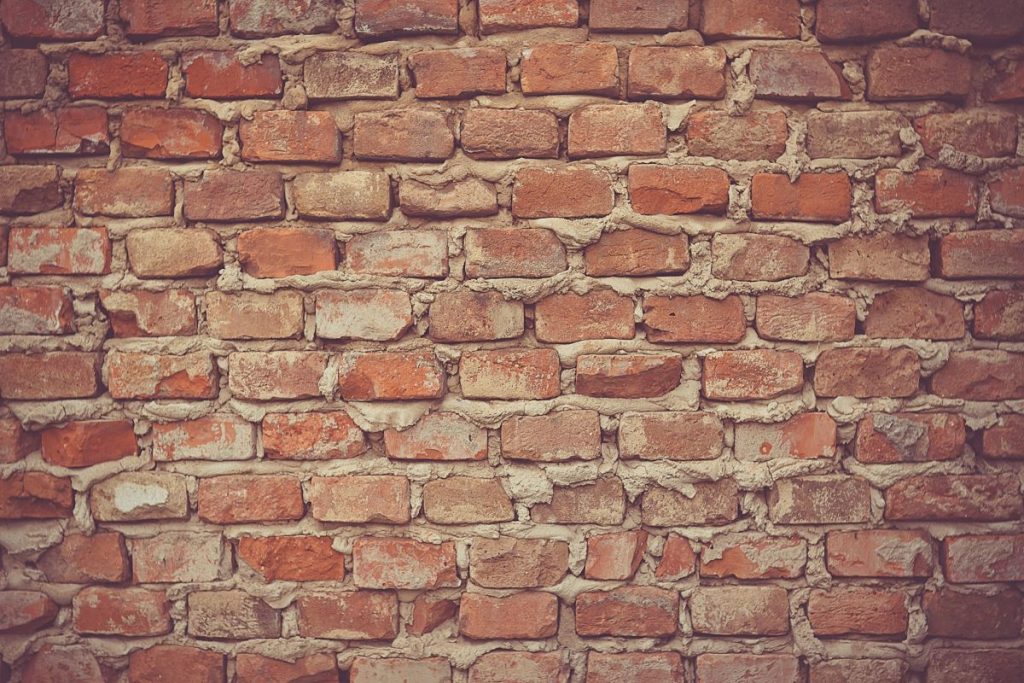Table of Contents
Asbestos served its purpose during its heydays. It was used a lot for building constructions between the 1950s and the 1980s. But after discovering hazards associated with using it as well as the availability of new technologies, it was banned. It was discovered that it was carcinogenic.
Before now, it was used for insulation, roofing, soundproofing, flooring, and so on. It is made with natural minerals which makes it resistant to fire, heat, as well as water but have been found to have a negative impact on humans. It contains toxic substances that are widely present in homes and buildings that they are used in. Exposure to it can be damaging to a person’s health as it is linked with several health conditions like asbestosis, lung cancer, and mesothelioma. You can learn more about this here.
All of the above have necessitated its removal from buildings by property owners and it is also required by law that buildings must be inspected for asbestos. If it is worn out or damaged, occupants of the building could be at risk. For this reason, there is a need to get rid of it from the building.
Getting it removed from your home will not only help secure your health, but it will also give you peace of mind that you or any other occupant of the building is safe.
What Makes it Harmful and Why it Needs to be Removed?
Asbestos as a product when it is intact is not directly harmful but when it is damaged in any way, the fibers can become airborne. These fibers may enter in home appliances like refrigerators, water heaters, dishwashers, as well as heating and cooling systems. It could also enter into food and drinking water as well as rest on furniture like beds and chairs and will be inhaled by humans and animals. This is what typically causes the health issues associated with it.
Melbourne is the capital city of the state of Victoria in Australia and like most Australian cities and states, the production, importation, supply, use and recycling of asbestos is banned and there are specific laws that govern its removal.
Handling asbestos removal safely is important to prevent undue exposure. This is because if it is not done properly, the fibers can become airborne. Therefore it is important to contract certified and experienced asbestos removal companies to do so.
An individual may not need to be licensed to do so if they are just removing 10 m2 or less of non-friable asbestos and this is usually for installation purposes such as installing pipes or air conditioning. However, in Melbourne and Australia generally, to be able to perform large scale removals, you need to be licensed.
Steps to Asbestos Removal

Removal includes several steps depending on where the asbestos was used,. One of the major steps before a removal can begin is to notify the necessary authorities before doing so. Below are some other steps that are to be taken to have a successful removal.
Inspection and Assessment.
Before any renovation or construction work can start, it is always a good idea to perform an inspection of the building and construction area. A certified inspector will examine the area for wear and tear, they will perform visual inspections and may take samples of materials for proper testing. The assessment will identify the presence of any hazardous material. If traces of asbestos is found, the inspector will provide you with the details and the extent of the contamination.
The inspector might also make a recommendation on what needs to be done if there is a need for removal or if it can be encapsulated or sealed off instead.
Get an Asbestos Removal Specialist
If traces of asbestos are discovered after an inspection, the next thing to do is to engage the services of professionals to perform the removal. In Melbourne, there are Class A and Class B removal specialists. While Class A specialist can remove any amount of asbestos, Class B may be limited in what they can handle. You should ensure to engage a specialist that can handle the scale of removal you intend to carry out.
Part of the details that you need to give the authorities in Melbourne is information about the specialist who is typically referred to as removalist. This information would include their training as well as experience in doing the work. You also have to notify them of the type of asbestos that will be removed and the site where it will be removed.
When you have found a specialist to conduct the removal. The process starts. They will first contain or isolate the area with materials like plastic sheeting so that it does not spread and affect other areas or people. Next, they use different tools and methods including water to remove its presence from walls, ceiling, roof, etc. as well as trap the particles in the air also. Adding water will prevent the particles from floating about in the air.
When they are done, there is a need to collect the waste and dispose of it in a proper manner while it is still wet and decontaminate the area to make it safe. There may also be a need for re-inspection after the removal is done and the air will be monitored to confirm that the building is safe for occupation and clearance can be issued to certify that the place is free of asbestos.
If your home was built pre-1990 and you are thinking of conducting an asbestos removal, you can visit bisonasbestosremovalmelbourne.com.au to learn more.
Conclusion
At a point in time, it was the darling of building constructors and homeowners but after discovering the negative effect of using asbestos in building construction, steps have been taken to stop its production and use. This has also led to its removal from old houses and homes.
Asbestos removal is not just about getting rid of it from your home. It has to be handled in a professional manner by licensed specialists. This is to prevent the spread of its fiber which can become airborne when not properly done and will have a negative impact on the health of people in that environment.
It is important that you engage professionals rather than embark on the process by yourself.
Other resource links:








